These 18 countries legally recognise non-binary people – but the UK isn’t among them
Amid the progress for legal rights and protections for the trans community, only a handful of the world’s countries recognise non-binary and other gender-diverse people on official documents.
Sitting somewhere and anywhere in between the binary gender spectrum (male/female), non-binary people are a diverse community, each with different experiences of their own identity, and, like trans people, non-binary individuals have always existed.
While much of the political discourse is focused on the trans experience, campaigns to recognise and advocate for other gender-diverse groups have grown in the past few years.
Educational institutions and private sector business are slowly but surely making documents more gender neutral, progressive employers have pronoun options on job applications and the “Mx” title is seen on more customer forms than ever.
Despite all that, governments are still lagging behind when it comes to recognising non-binary identities. Data from Equaldex highlights that there are only 18 countries in the world that have some sort of legal recognition for non-binary people.
Although these countries legally recognise non-binary as a gender marker, transphobia does still exist.
Australia
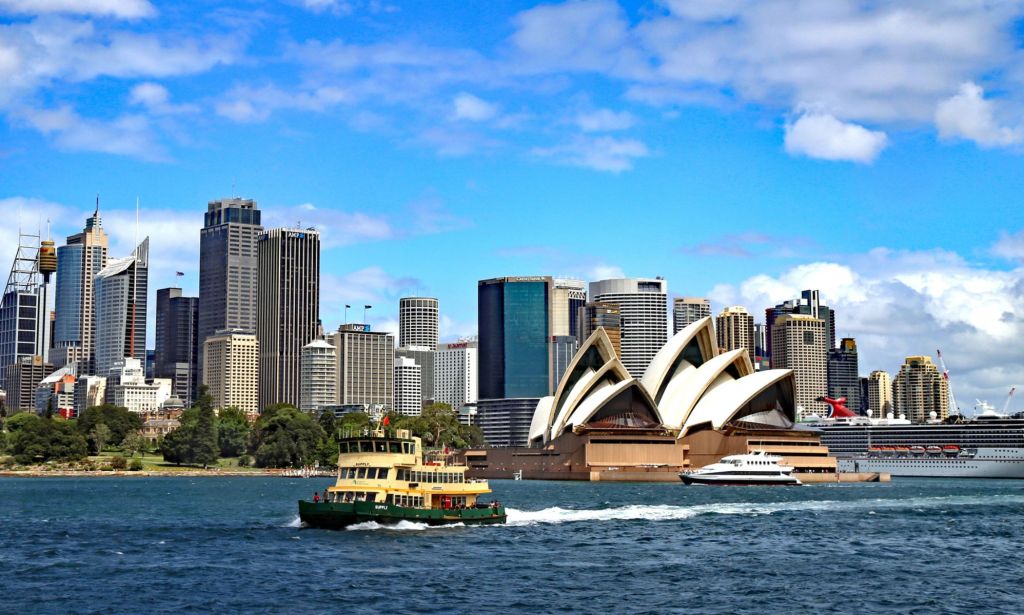
Australian passports have offered “X” in addition to male and female gender markers since 2011, one of the first countries to do so. At the time, the policy stated that “sex reassignment surgery is not a prerequisite to issue a passport in a new gender. Birth or citizenship certificates do not need to be amended.”
Aussies over the age of 16 can change their gender identity on official documentation without having to undergo hormone therapy or surgery.
The government has announced that the 2026 census will include a sexuality and sexual preference question.
Argentina
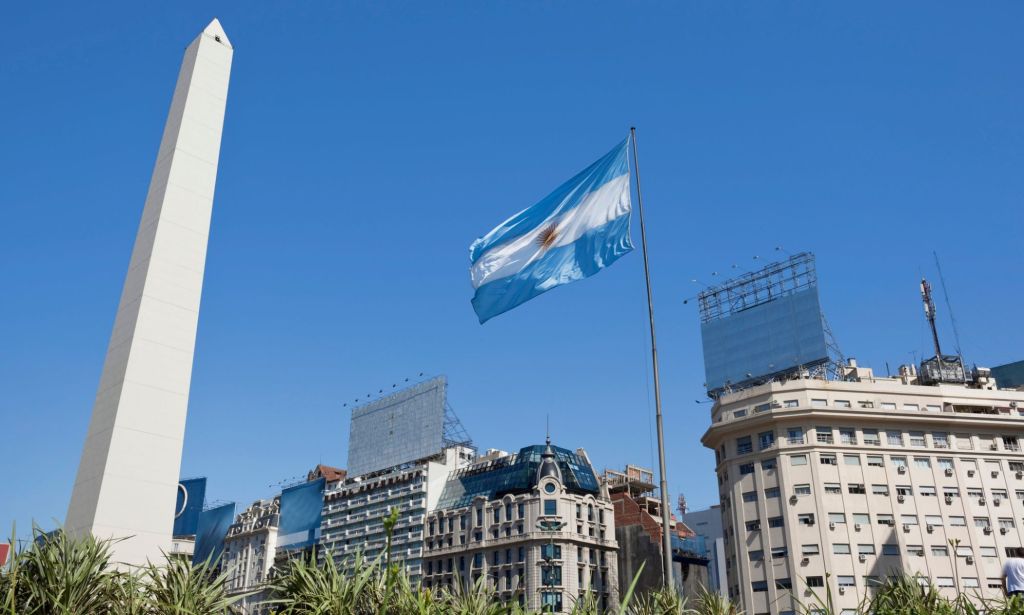
The South American nation has always been considered progressive when it comes to trans and non-binary rights for its citizens. Argentina’s 2012 Gender Identity Law (Ley de Identidad de género) allowed transgender people to identify with their chosen gender on official documents without receiving hormone therapy, surgery or psychiatric counselling.
In 2021, then president Alberto Ferńandez mandated a third gender option on all official documents marked as an “X,” and the measure also applies to non-citizen permanent residents possessing an Argentinian identity card.
The Netherlands
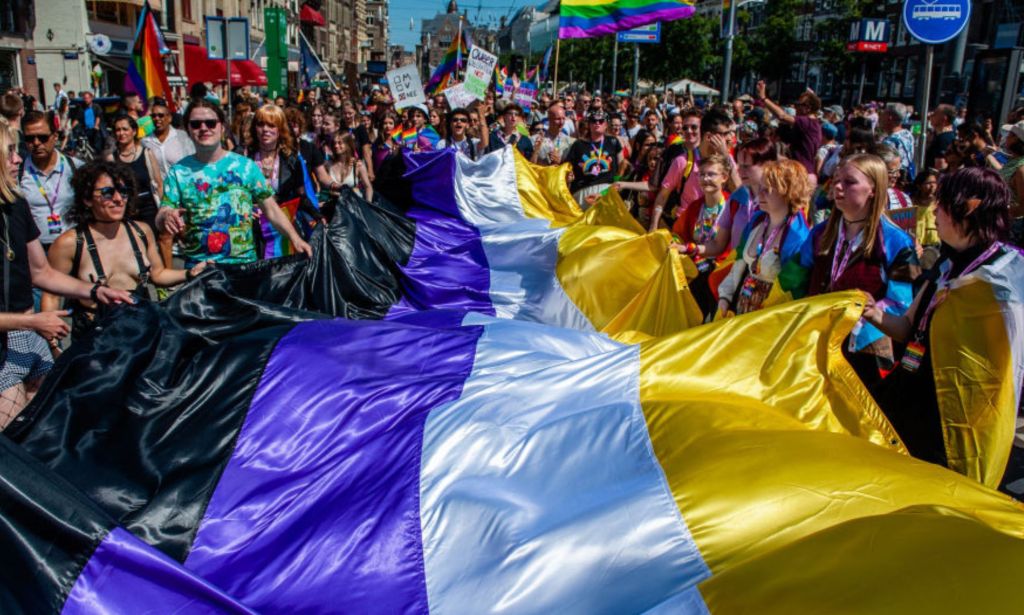
Only one of a handful European countries that recognise non-binary people, The Netherlands made news in 2018 when a Dutch citizen was given the “X” marker on their passport instead of “male” or “female.”
The country plans to make all national identity cards “gender free” by 2025.
Malta
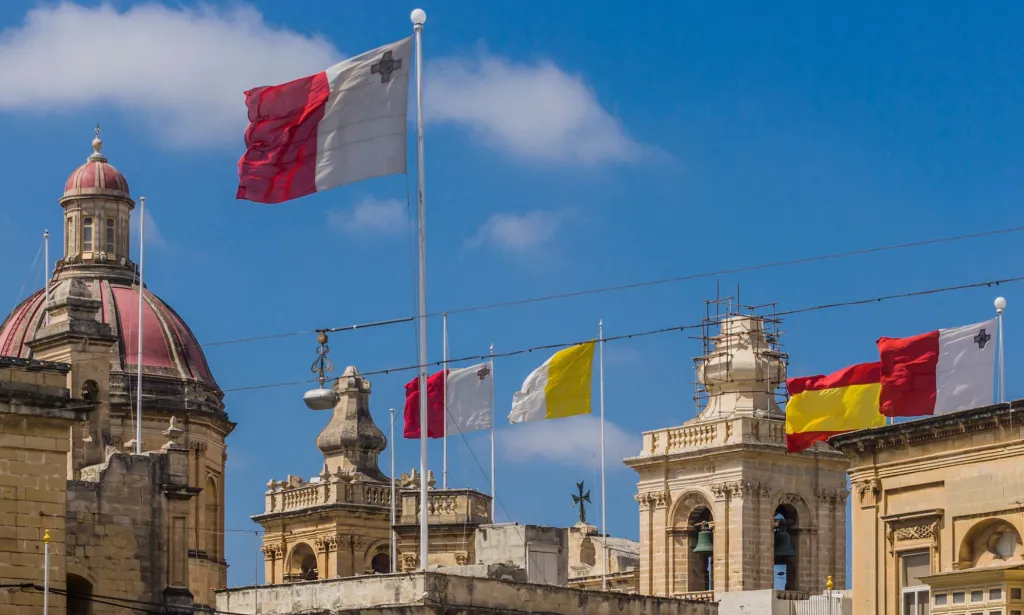
A new law taking effect in the Mediterranean island nation now gives non-binary status as an option for birth certificates and official documents, officially replacing the “X” option.
This update to a 2018 law that gave transgender people the right to change their gender now allows individuals aged 16 and older to do so without parental permission.
Malta came top in this year’s ILGA-Europe’s annual Rainbow Map for LGBTQ+ rights.
Chile
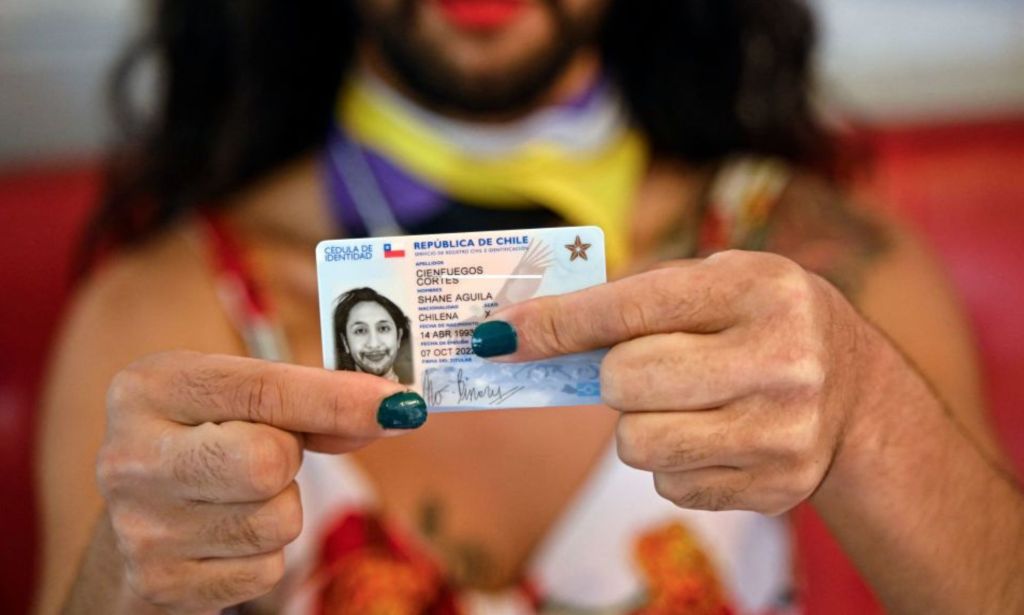
Chile has always been considered progressive for trans rights, with the implementation of self-ID, access to healthcare and even electing a transgender woman to congress before same-sex marriage was legalised.
The South American country recognised non-binary people officially in 2022 with “X” replacing “male” and “female” on birth certificates.
New Zealand
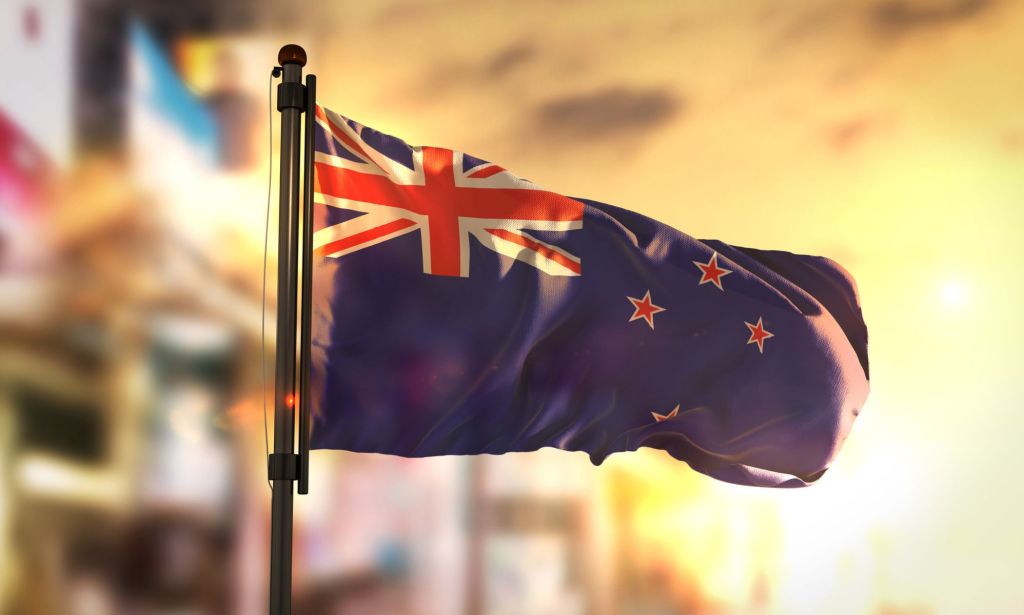
New Zealanders have been able to change their birth certificate to reflect their gender identity – including non-binary people – without having to go through the court system or proof of medical treatment, since last year.
Now, people wishing to change their gender can submit a statute declaration through the country’s Registrar-General.
New Zealand elected the world’s first transgender MP, Georgina Beyer as long ago as 1999. She died at the age of 65 in 2023.
Mexico
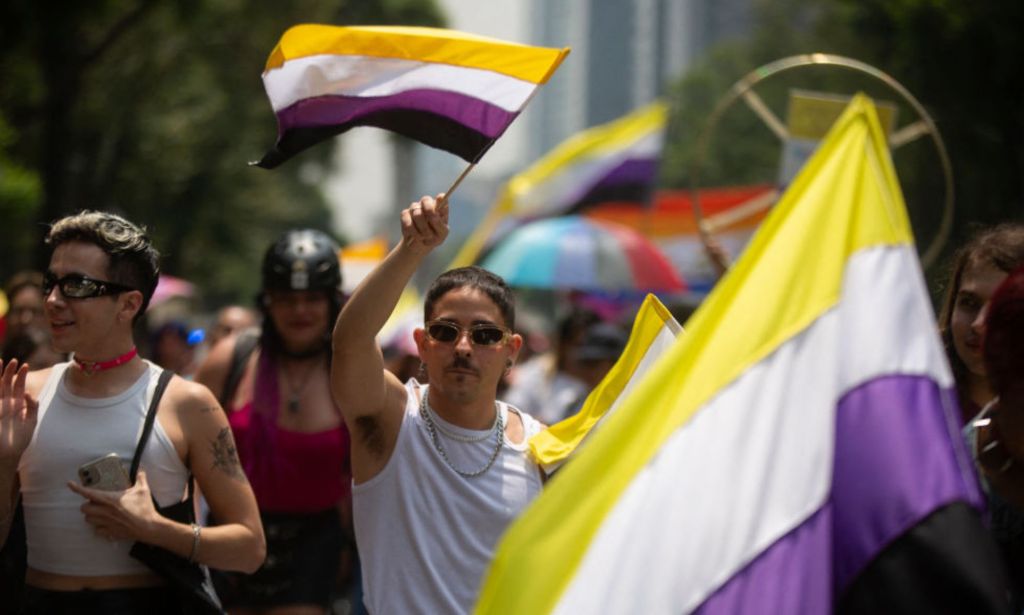
In the spring of 2023, Mexico issued its first passport with “X” in the gender section, to activist Jesús Ociel Baena during a ceremony held by Mexican officials, including transgender lawmaker Salma Luévano.
The new policy allows non-binary and gender-non-conforming Mexican citizens to replace a gender category with “X”.
Foreign minister Marcelo Ebrard said at the time: “We endorse our support for sexual diversity. All rights must be guaranteed for all identities. No more hate speech: diversity enriches and flourishes.”
Baena, who was also a magistrate, was found dead in their home less than a year after receiving their passport.
Iceland
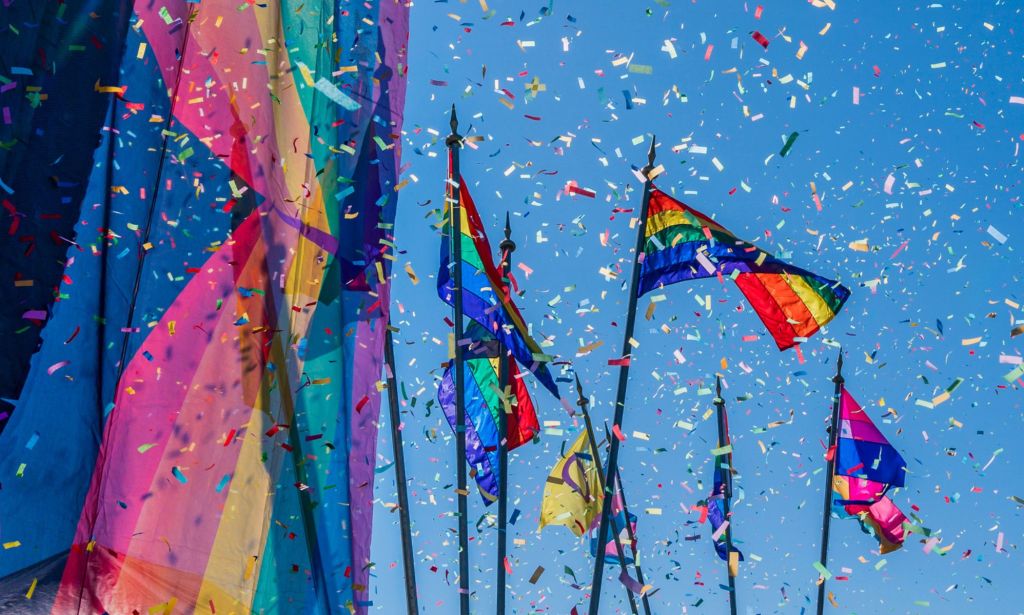
The volcanic island has always been one of the most progressive LGBTQ+ nations in Europe.
In 2019, parliament unanimously voted to implement a “self-determination gender change mode” which included the third “X” gender option. Iceland allows people over the age of 15 to change their gender officially and the country banned all forms of conversion therapy last year.
Germany
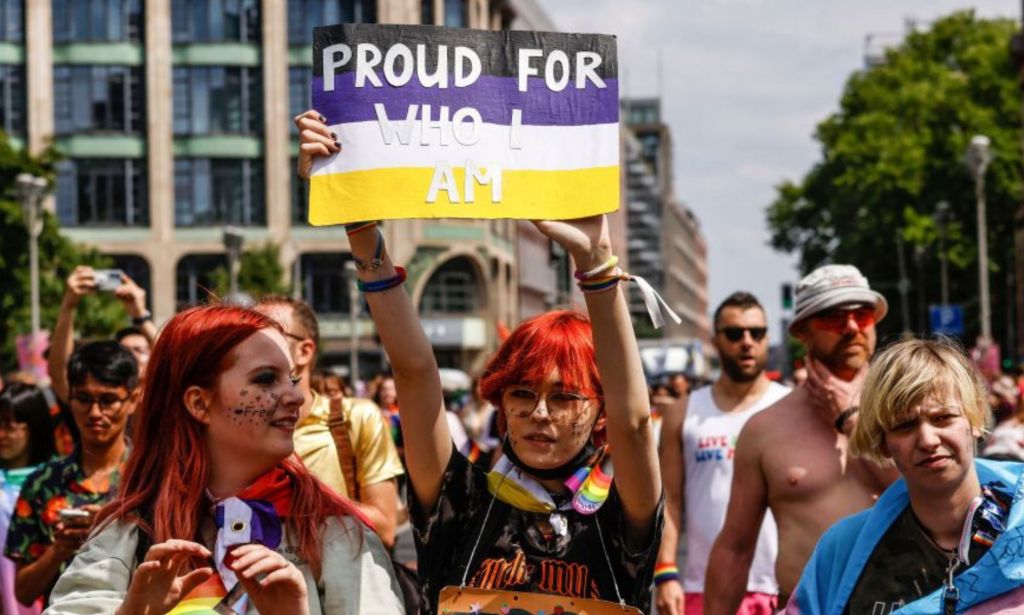
After a couple of years of legal limbo, Germany’s parliament finally passed the Self-Determination Law, making it easier for trans and non-binary people to change their first name and gender.
The legislation will put to rest an archaic “transexual law” which forced gender-diverse people to get assessments from medical experts “sufficiently familiar with the particular problems of transsexualism”.
The law comes into effect in November and amends the existing “Third Gender Law” to allow the legal recognition of non-intersex non-binary people to be classified as “diverse”.
Colombia

In February 2022, the Constitutional Court of Colombia ruled that non-binary people can have a “no binario” or “NB” marker on their birth certificate and identity card. The court also ordered the government to make it easier to include this marker on identity documents, and congress to amend laws to support non-binary rights.
The ruling acknowledged that identities that don’t fit into the male-female binary must be protected from discrimination.
India
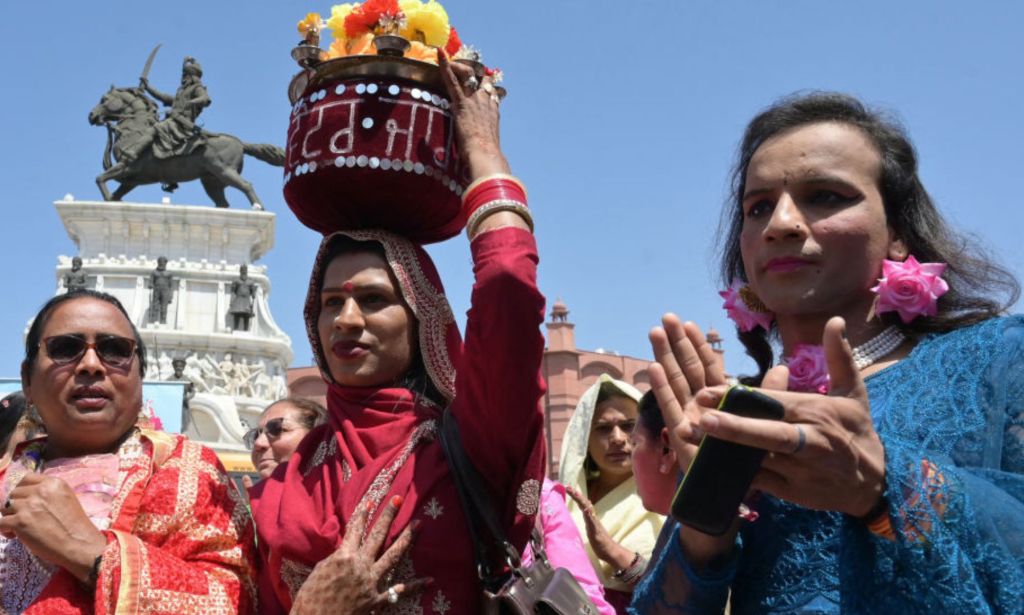
The Hijari of India are arguably the most well-known and populous gender-diversity community in the world.
Dating back to ancient times, the Hijari can be born intersex or male, dress in feminine clothes and don’t see themselves as “male” or “female” but rather a third gender.
A decade ago, the supreme court recognised a third gender outside the traditional binary, and as a class entitled to quotas in education and jobs, ruling that it is “a human rights issue.”
The court narrowly rejected a bid to recognise same-sex marriages, saying making the decision was up to lawmakers.
Canada
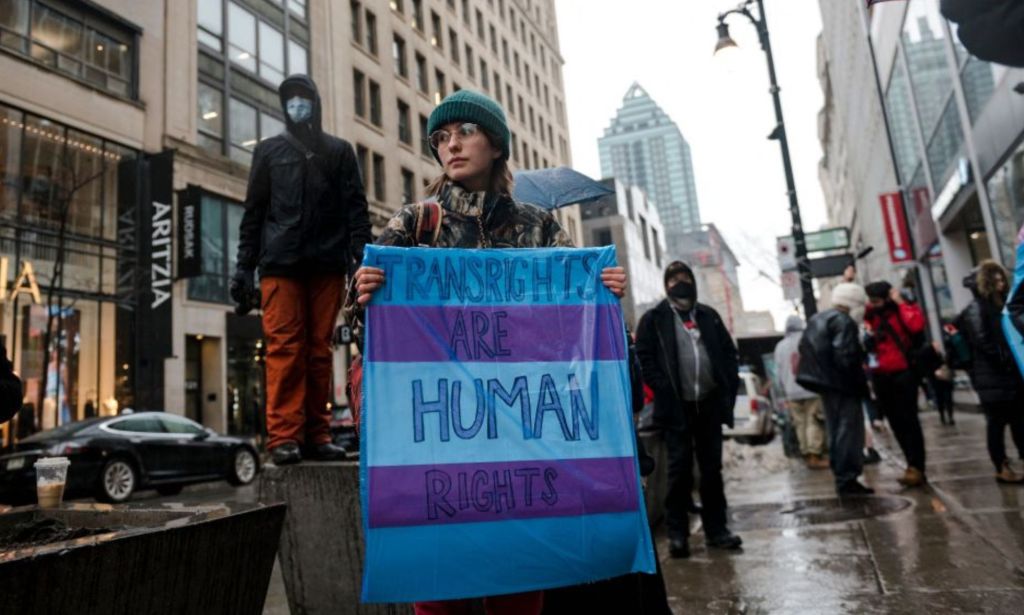
Canada is one of the most progressive nations when it comes to trans and non-binary rights. Bill C-16, passed in 2017, protects all gender rights, including considering misgendering as discrimination or harassment.
That same year, the government issued a “U” as a gender-neutral sex marker to a baby born to a transgender non-binary parent who wanted to give their child the opportunity to discover their own gender identity.
More recently, Canadian footballer Quinn made history as the first trans and non-binary person to win an Olympic gold medal after the women’s team won the final in Tokyo in 2021.
Denmark
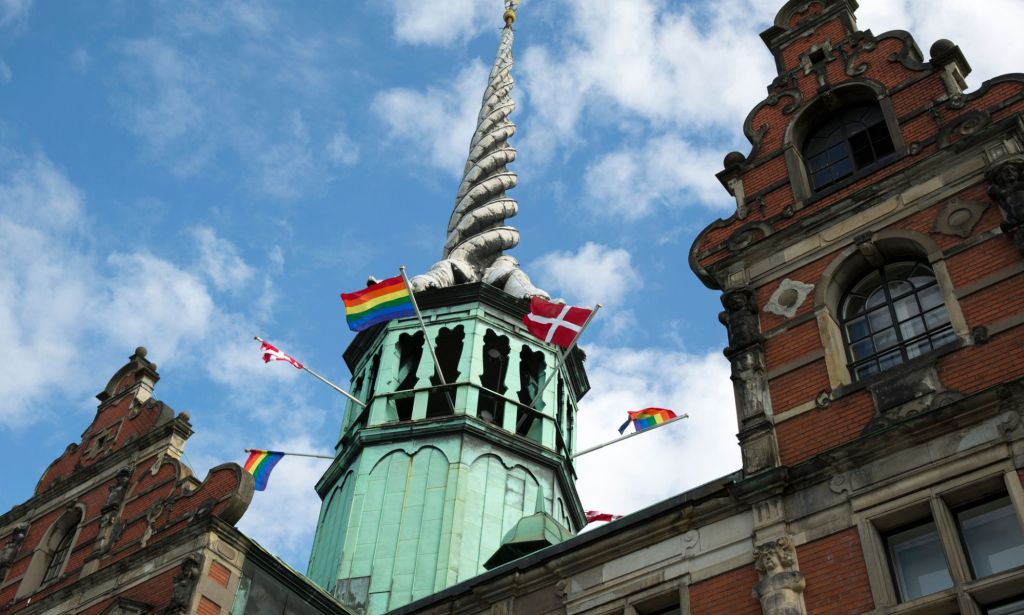
Danish citizens, including those who live in Greenland and the Faroe Islands, have the option of “X” as a gender-identity on passports and can apply to make that change without medical involvement.
The country was one of the first in Europe to remove the gender identity disorder diagnosis as a necessary requirement, and, in 2016, axed transgender identities from its list of mental-health disorders, something the World Health Organization didn’t do until some years later.
Costa Rica
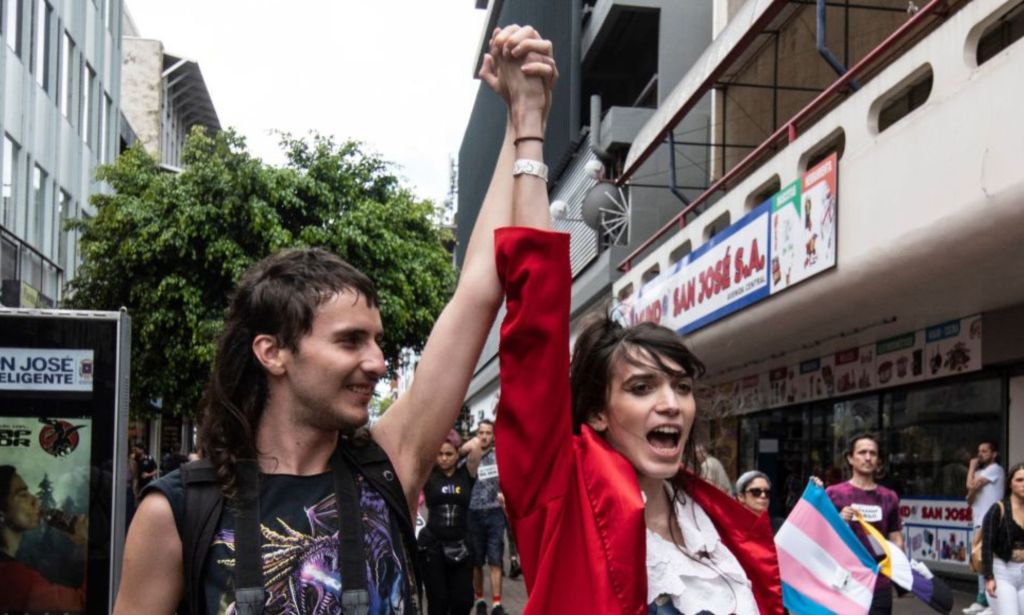
Costa Rica began to recognise diverse gender identities, including non-binary, in 2018 when the country’s president at the time, Carlos Alvarado Quesada, issued an executive decree requiring all state institutions to modify the documents and internal records of transgender people who wish to have their name, photograph or sex changed.
The move came in response to an Inter-American Court of Human Rights ruling that all member nations must provide full and equal rights to same-sex couples and citizens whose self-perceived gender is different from their birth gender.
Nepal
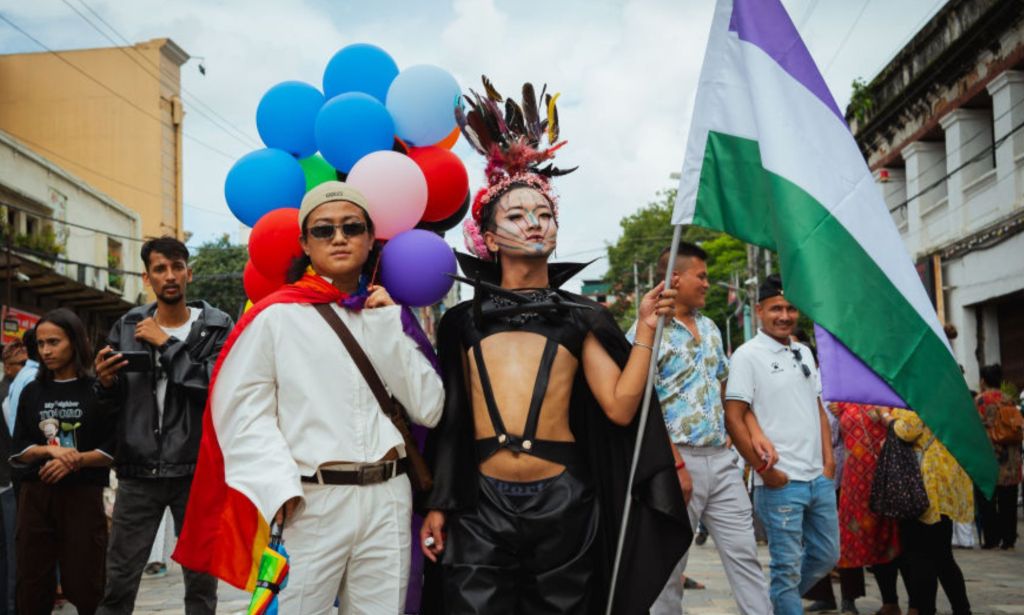
The small South Asian nation of Nepal has been supporting trans and non-binary rights since the early 2000s when the supreme court ruled that people can select their gender identity based on “self-feeling”, and established its own third-gender category.
As in India, Bangladesh and Pakistan, Nepal has an indigenous third-gender community that don’t identify as male or female, known as metis. A landmark ruling earlier this year ordered that a trans woman be recognised as a woman without the need for medical verification.
Recent discussions in the country led to the proposed Gender Identity Act, which would classify non-binary and third-gender as two different distinctions.
Bangladesh
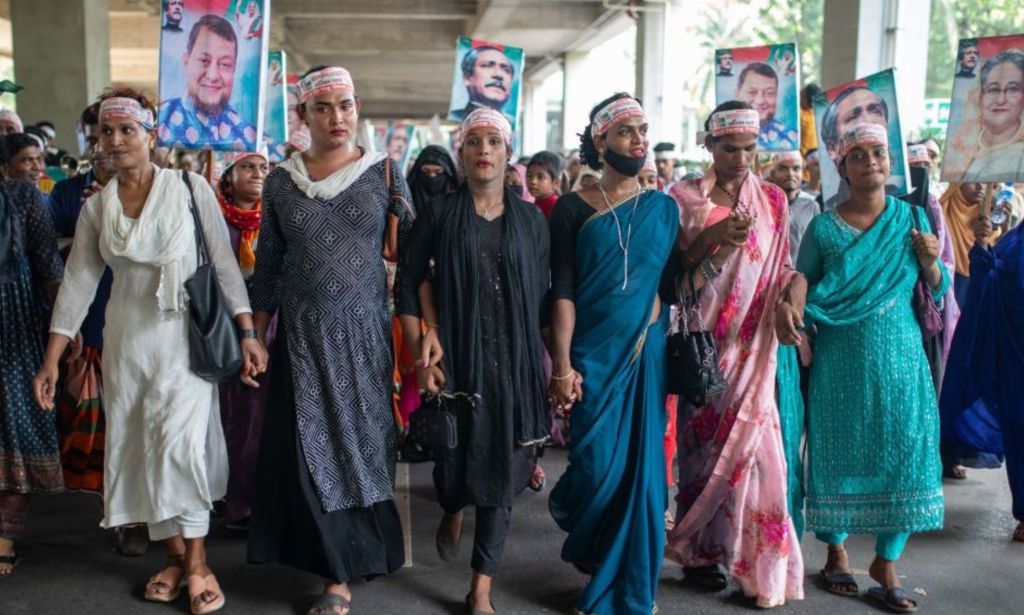
Bangladesh, like India, has a large Hijra community, which the government recognised as a third gender in 2013.
Despite the distinction, Bangladesh does not have policies outlining measures individuals must undergo to legally change their gender on official documents, and there is no clarity about who can qualify as a Hijra.
Pakistan
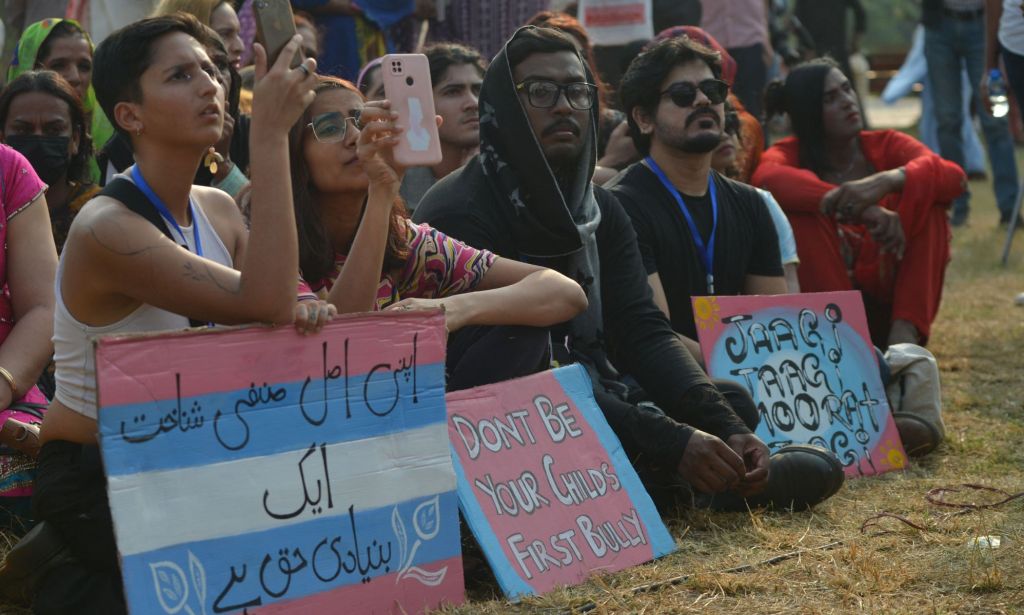
In Pakistan, the third gender community is known as khwaja sira, because the word hijra is considered derogatory in Urdu.
The Transgender Person (Protection of Rights) Act 2018 gave every Pakistani the opportunity to identify as male, female, both or neither, and they can have their chosen gender identity reflected in all federal documents.
However, the Federal Shariat Court ruled that sections of the act do not conform with Islamic principles.
USA
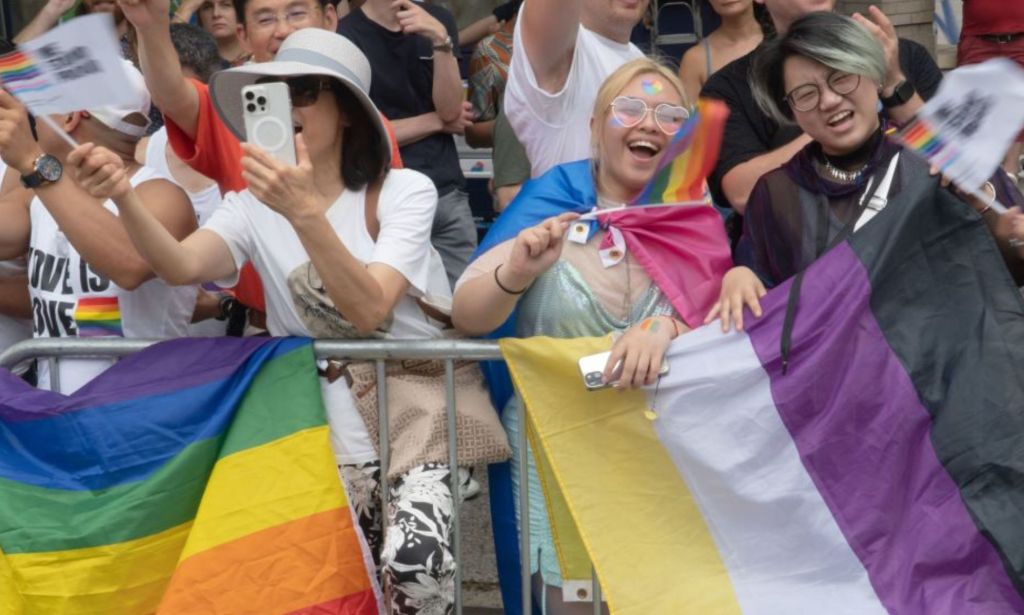
As individual states continue to draft record amounts anti-trans legislation, at federal level, non-binary Americans can select “X” as a gender marker on their passports.
The Human Rights Campaign (HRC) estimates that there are at least two million trans and non-binary people in the US, and there are federal laws at aimed at protecting members of the community at school and work.
Title VIII of the 1964 Civil Rights Act is dedicated to protecting federal employees from discrimination based on their gender or sexuality, but this law doesn’t apply in public spaces or federally funded programmes.
Share your thoughts! Let us know in the comments below, and remember to keep the conversation respectful.
How did this story make you feel?
